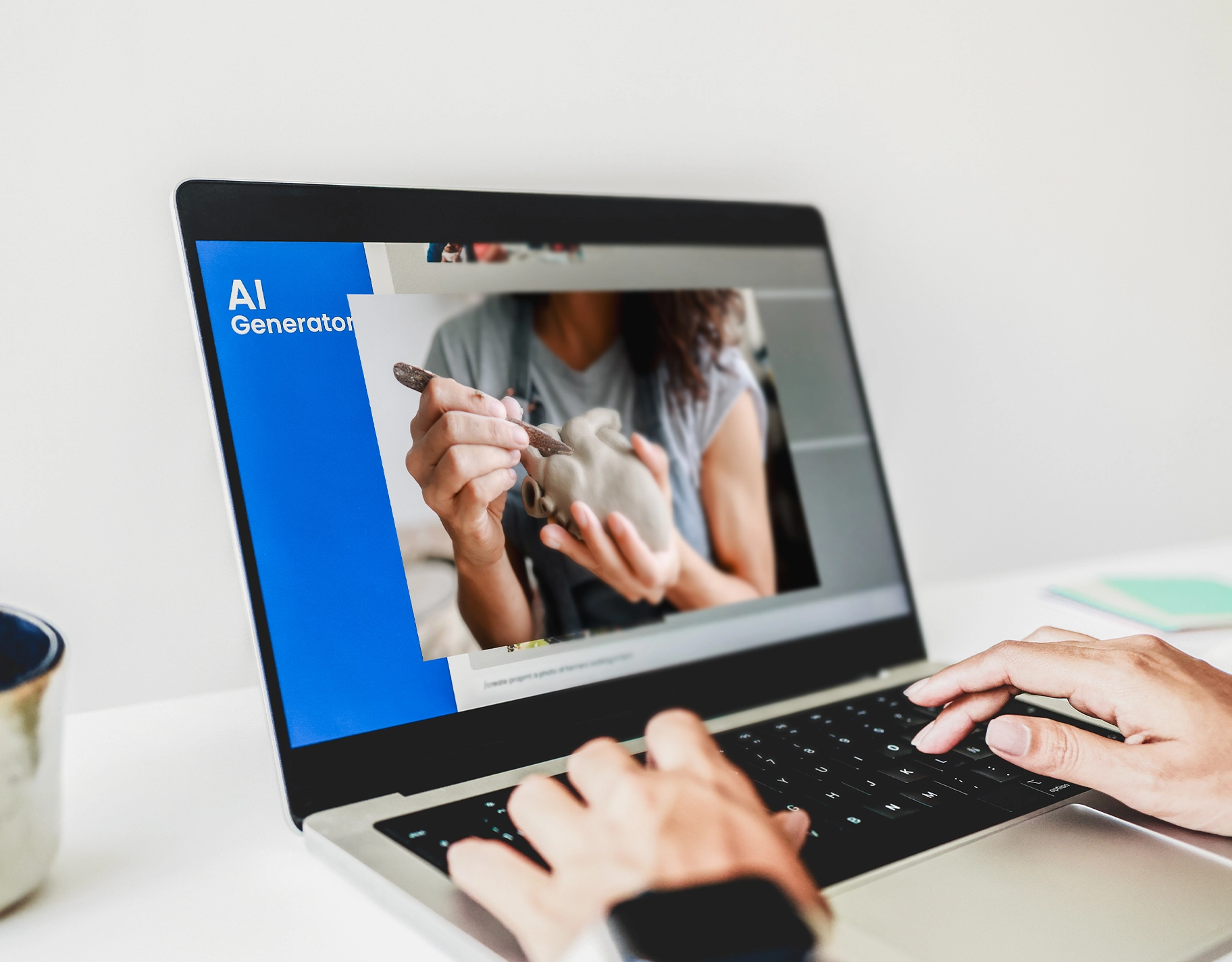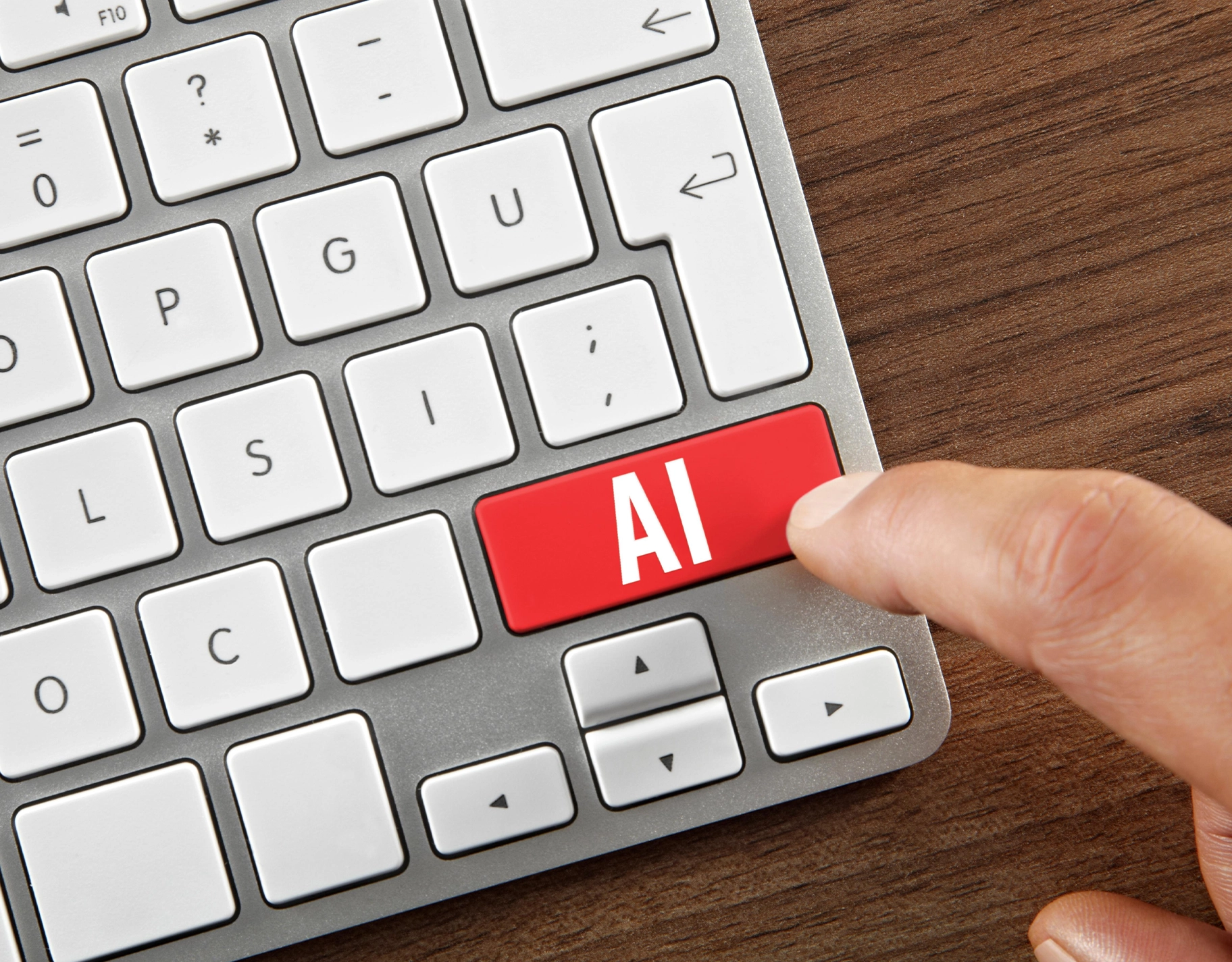When What You See Isn’t Always Real: Helping Families Spot AI Videos vs Authentic Ones
Here’s a guide for parents and kids on how to spot the difference between AI videos from authentic ones
Artificial Intelligence (AI) has made so many things easy—including “creation.” What used to take hours could now take minutes when the AI is prompted properly. It’s why search engines like Google and social media sites like Facebook and Instagram have tags that users can select if what they’re posting is an AI video or image.
Although certain jobs became easier, this kind of technology also paved the way to create fake content. Memes, both images and videos, spread everywhere. Misinformation became rampant, too. In hopes of becoming “viral,” people would create content—even if not true or highly exaggerated—to generate clout and money.
As parents, our job is to help our kids (and ourselves) learn how to recognize what videos are real, what’s AI-generated, and why authenticity still matters.

What’s AI-Generated Content?
AI videos are videos that use AI technology (like Sora AI, Deepfake, and even ChatGPT) to create or manipulate visuals and audio. Common examples:
- Deepfake videos where someone’s face is superimposed onto someone else (e.g., a famous person “saying” things they never said)
- AI voices that mimic real people
- Content where video or audio is synthesized to make something plausible but fake
These tools are increasingly available—sometimes in apps or online—and while they have genuine uses (art, entertainment, satire), they’re also tools that can mislead.
However, this is completely different from being “AI-assisted.” AI-assisted means the creator still creates the product, but uses AI to refine things that are usually exhausting for most people. That can include color accuracy in photos and grammar and detail consistency in writing. For videos, it can make the stitching and flow a lot smoother.
What are AI videos vs authentic content?
- AI-generated video usually means that the content was generated through prompts and models. These engines or tools can recreate realistic faces, voices, backgrounds, and sometimes even situations that didn’t really happen, so long as there’s a base material.
- Authentic video is footage recorded with real cameras, people, events—for example, home video, live recordings, documentaries, genuine interviews, etc.
AI content includes deepfakes, voice synthesizers, synthetic backgrounds, or avatars. Authentic content often has imperfections: background noise, camera shake, natural lighting, and unscripted actions.
Why Authentic Content Matters
Authentic videos are those made by real people, showing real events or storytelling. They are trustworthy for personal, educational, or moral reasons, because:
- They help kids trust sources and develop critical thinking.
- They build true empathy and connection.
- They preserve accountability. If you see something in a real video, someone can be held responsible.
How AI videos are evolving in the Philippines and Globally
Platforms like YouTube have started “captured with camera” labels using standards (e.g., C2PA) to mark content that is recorded authentically.
New tools like OpenAI’s Sora are producing short videos (often under 20 seconds) that look very polished. Experts say visible or invisible watermarks and metadata labeling are being used to help identify them.
Research from UC Berkeley and others suggests our ability to detect AI vs real videos is weakening because AI fixes many of the earlier “tells” (bad lip sync, distorted anatomy) and makes content more seamless.
Signs to watch out for: Is that video real or AI?
Here are some clues that a video might be AI-generated:
Metadata / Labels
Check if the video says “captured with camera,” shows a watermark, or comes from a verified creator. Platforms are slowly adding labels to help viewers know.
Too short or stitched together
Many AI videos are made of short clips merged to avoid detection.
Weird or unnatural movements
Especially when we’ve talked to people, we’ll notice some imperfections. Twitches, head bobs, pursing of the lips, and even a flicker in the eye.
AI doesn’t have that. They either blink too much or don’t blink at all. They move in a clunky and clumsy way with a facial expression that feels “off.” In some cases, they can look “high” or like a psychopath who had just discovered the greatest elation in their life after murdering the entire video.
Voice tone, lip sync, or ambient sounds can also be a giveaway. When they’re too perfect, monotone, or badly edited, it’s quite obvious.
Lighting, shadows, and reflections issues
Most artists—both traditional and digital—easily know art is generated because of lighting, shadows, and reflection issues. Because AI doesn’t have a complex eye organ, they don’t completely perceive depth and gradient change.
A more hilarious sign before was when the hands were badly done. Some hands had six fingers. Other AI art had them twisted in humanly impossible ways.

How can parents teach their kids to be more vigilant against AI videos?
Here’s what parents can do to make sure kids are not fooled by just any AI video.
Watch the content together
Parents and kids can view new content together and discuss whether something seems “fishy.”
Encourage them to ask themselves the 4 Ws whenever they come across an AI video.
When watching AI videos, encourage the kids to ask the four Ws:
- Who made the video?
- When was the video made?
- What was the video made for?
- Why would anyone make a video like this?
Once they always ask themselves that, it’ll be harder for them to be fooled by AI videos.
Zero Trust Policy
Every netizen follows this rule of thumb: “Nothing on the internet is completely true.” Even reputable platforms can be misused. Just because a video looks professional doesn’t mean it’s true.
Use tools/platforms with verified content
When going through content, they usually post the time stamp. The recency can tell how updated certain facts are. Also, double-check who posted it. Some users even advise going through the poster’s profile to see if it’s human or a “troll account.”
Report suspicious content
If you see videos that might spread misinformation or seem manipulated, report them. Help your community stay aware.
Be careful when watching AI videos!
They may be good for laughs, but not everyone will be able to recognize it’s just for laughs. Some may actually think the video’s authentic, especially if the creator was simply “assisted” by AI. Not completely reliant on it.
With generative AI getting smarter by the day, videos are being created that look and sound real—but sometimes they aren’t. For Filipino kids who’ve grown up watching content online, it’s easy to think everything you see is “real.” But learning to spot the difference between AI-made videos and genuine ones helps protect against misinformation, scams, and unrealistic expectations. Plus, it builds critical thinking—something our children will need more than ever.
Real vs AI Videos (For Parents & Kids)
These videos often include models, voices, and write-ups created by AI. They’re woven together by a user sending a prompt to AI-generators like Deepfake and Sora AI.
“Zero Trust Policy” is a netizen rule that says “never believe anything you see on the internet.” Especially since AI can generate content in seconds, it’s easy for people nowadays to churn out things without properly checking them.
Clunky models, stiff and twitchy behaviors (e.g., manic smiles, blinking too much, too stony an expression, not blinking at all), lack of rhythm and tone in voice—all these are the usual signs that it’s an AI-generated video.
Check the creator/source: is it someone or a channel you trust? See if there’s metadata, labels (“recorded with camera,” etc.), or platform verification. Also, cross-check: if a newsworthy event, see if at least three (3) other credible news outlets covered it.
Sit down and watch the video with them again. Ask them what made them believe it was real. Then, we can discuss the details that make the video fake with them.
More about AI or tech?
Maez De Guzman: Weaving Tech Into The Home
Kid-AID: How Chow Sze Uses AI to Fight Child Abuse
Every Parent’s Nightmare: Their Child Becoming a “Deepfake” Victim









